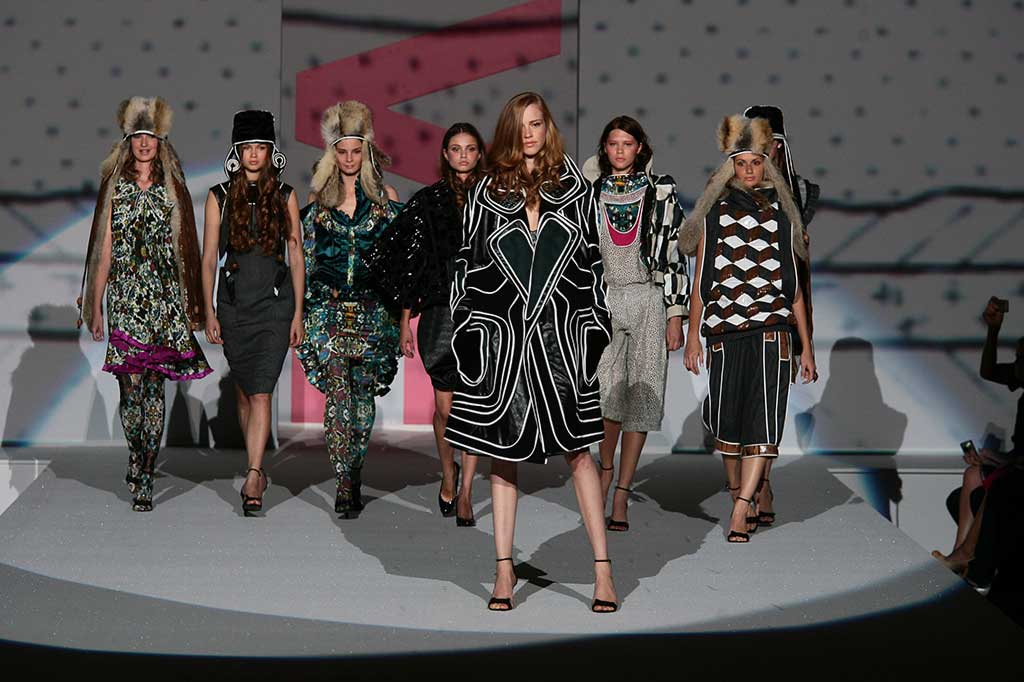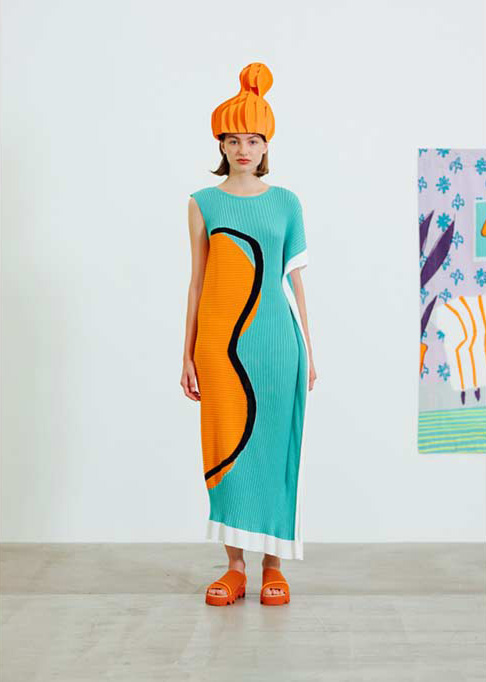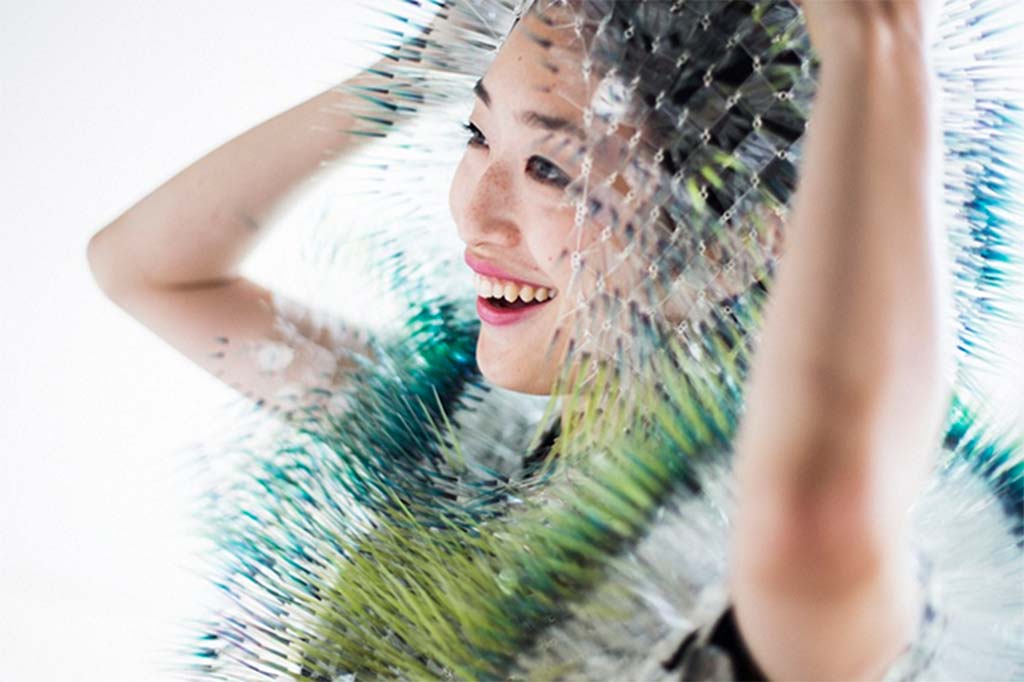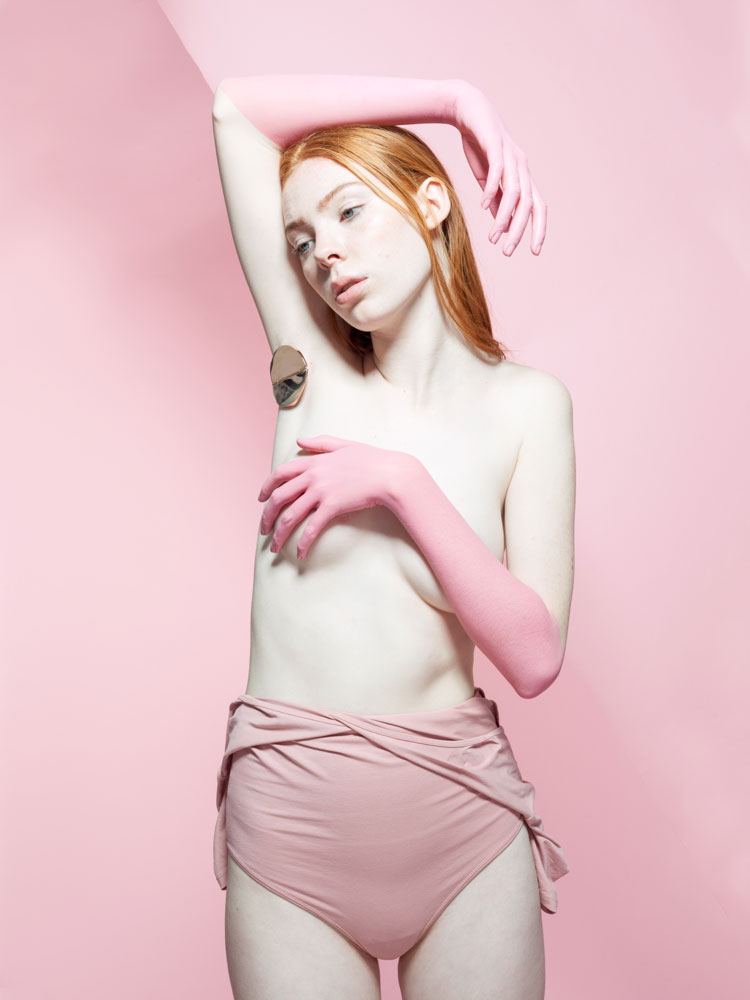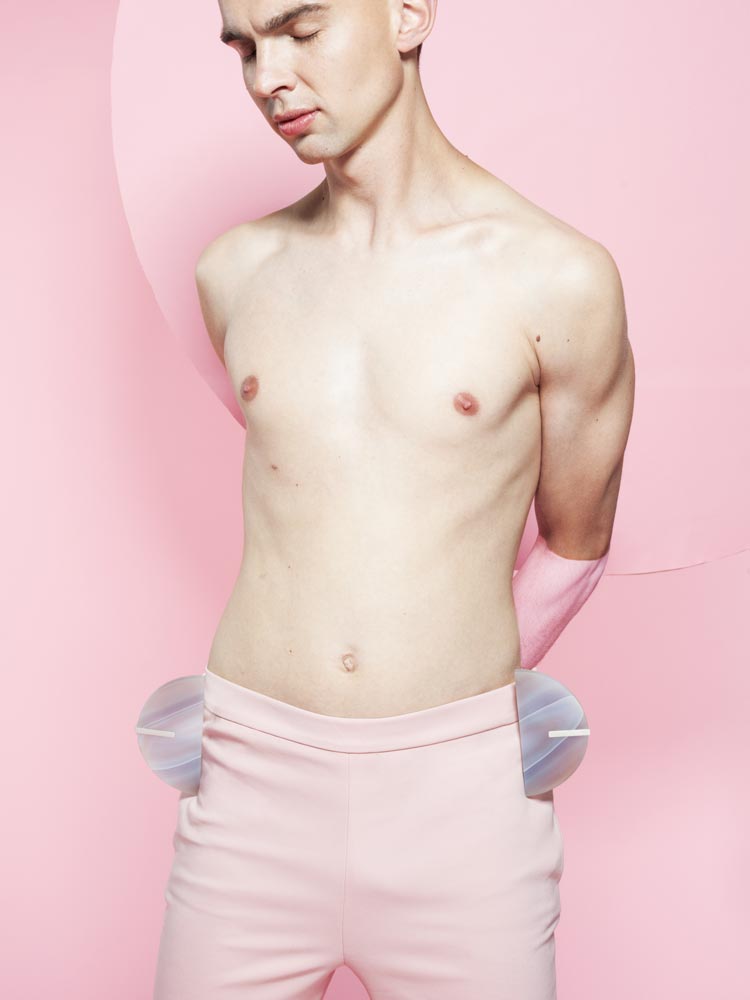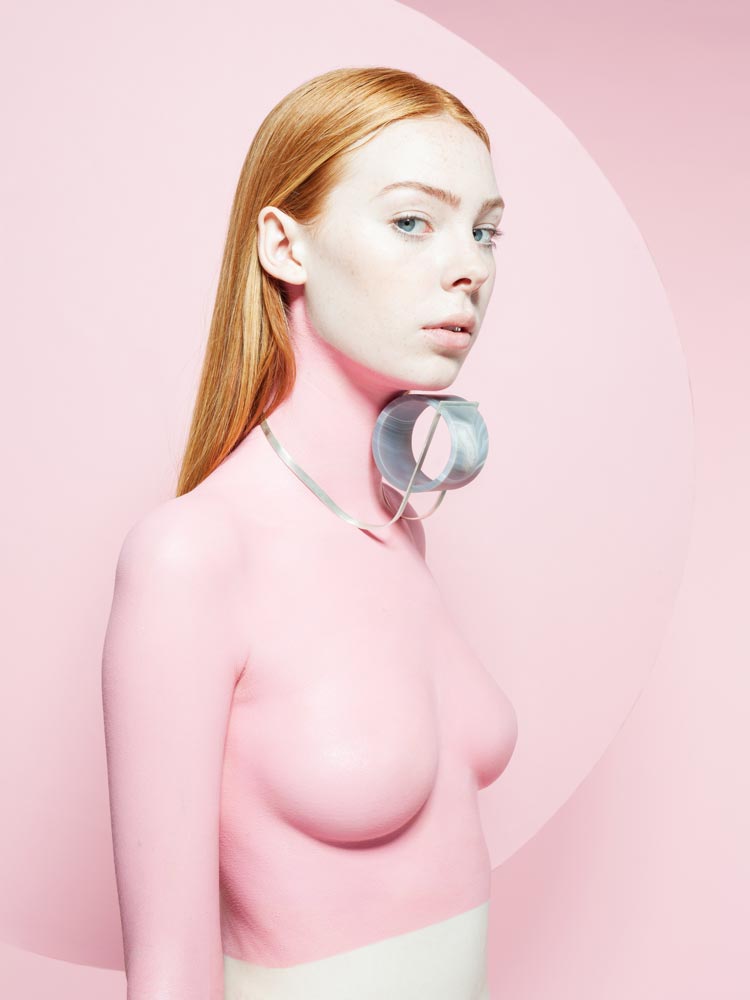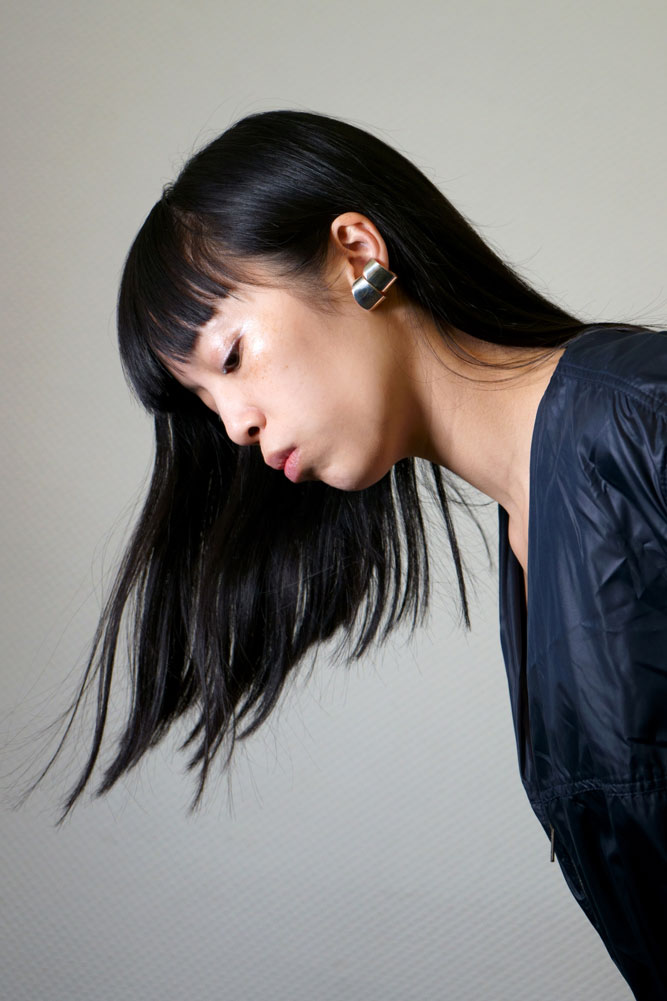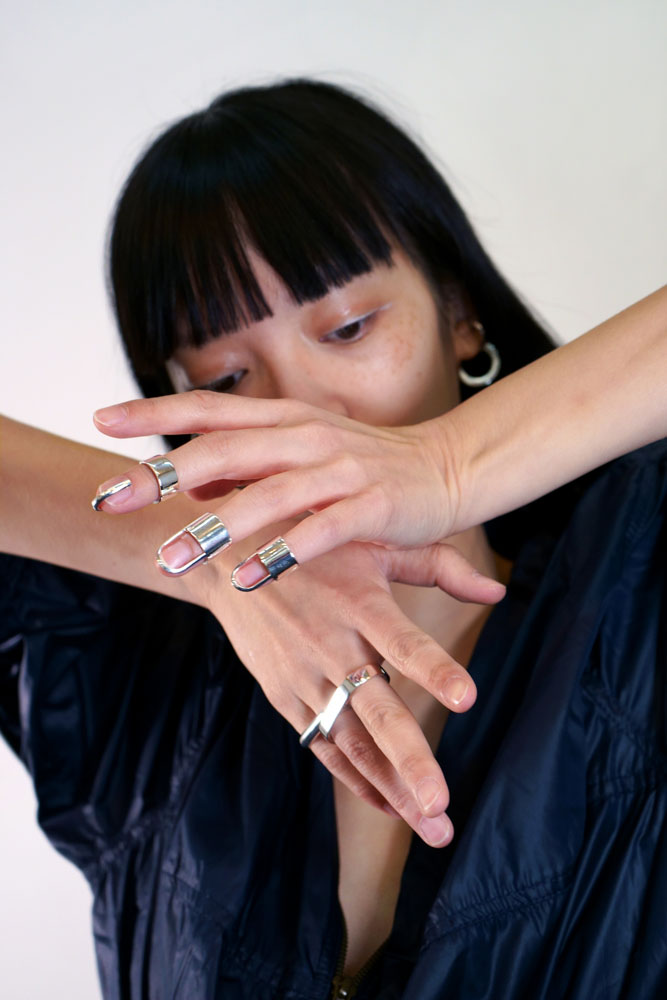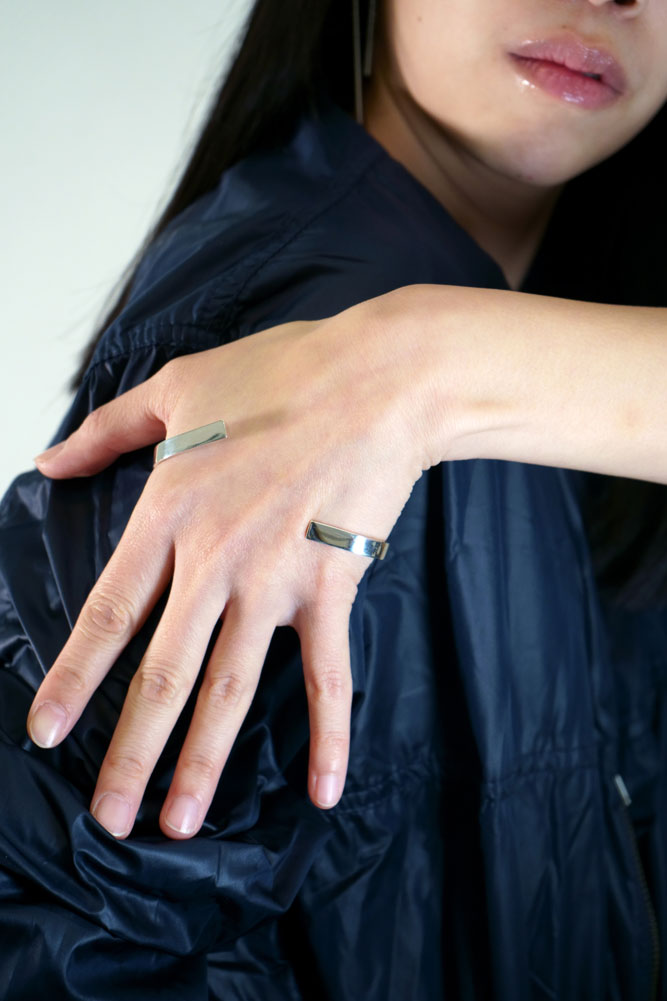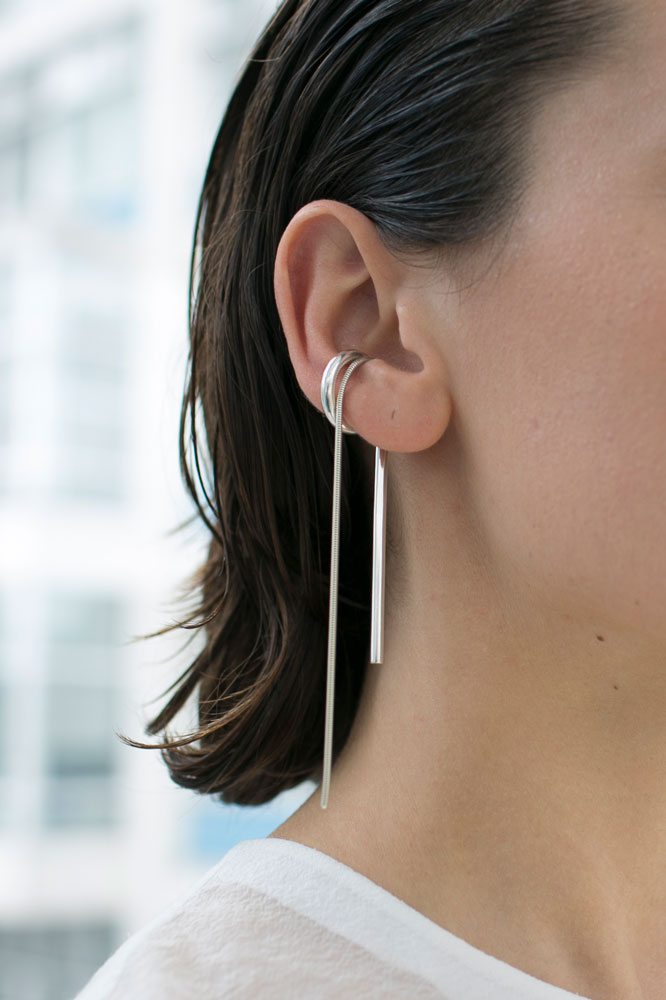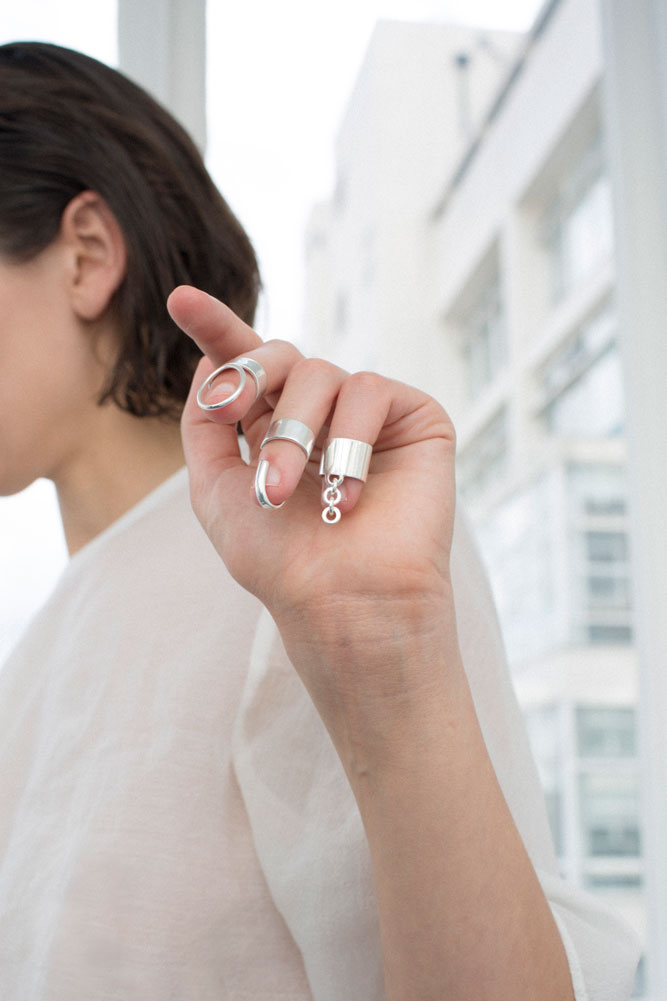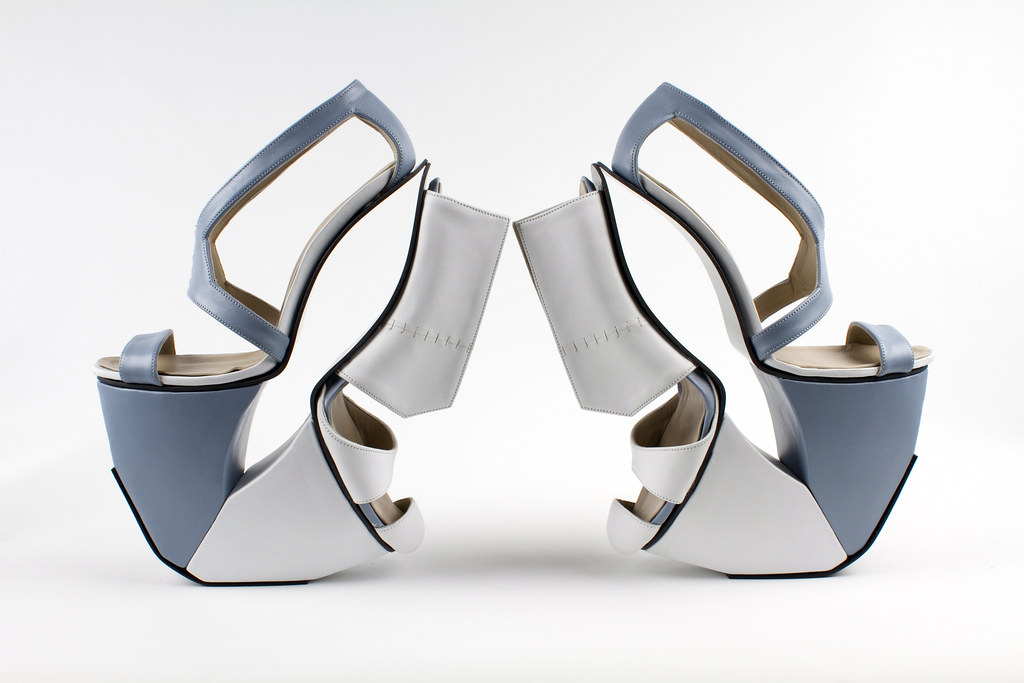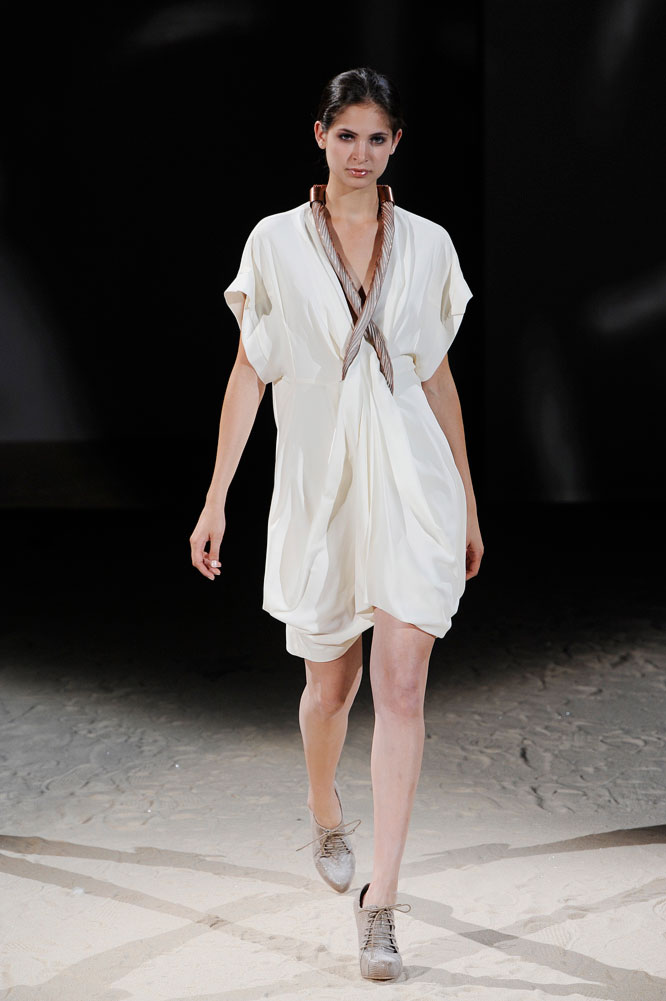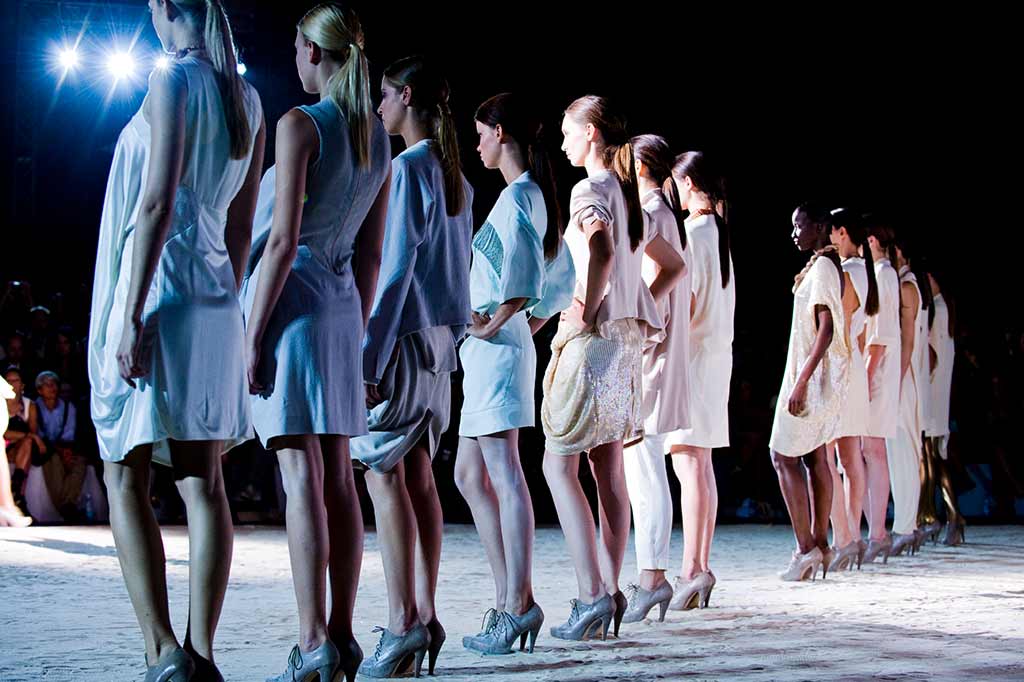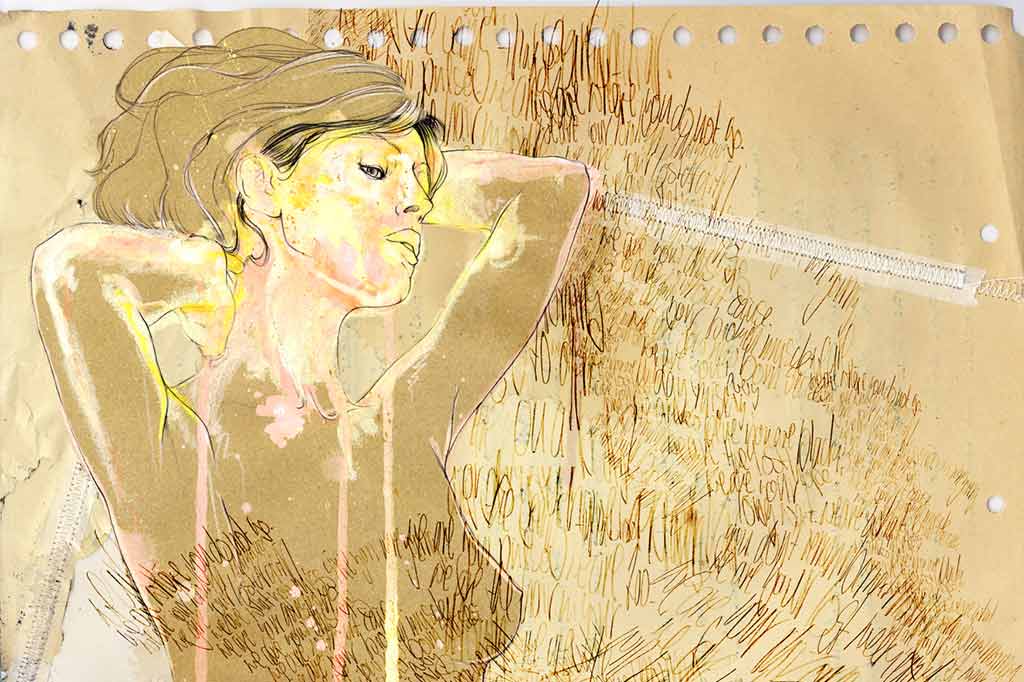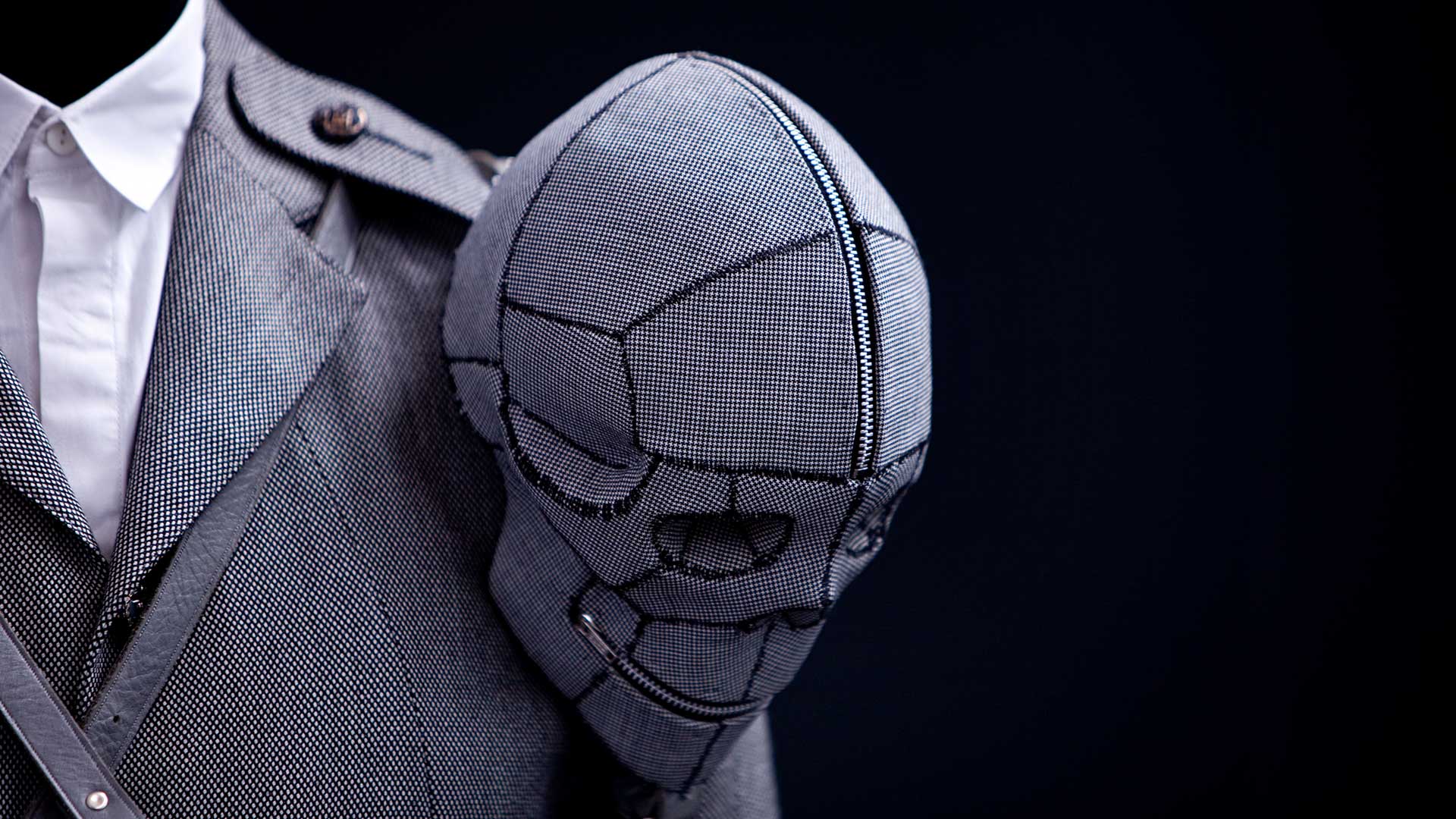
5 treasures for the ITS Arcademy. Looking through the keyhole of a unique creative archive.
29 March 2021
Now this is a tough question indeed: pick 5 items that best represent the archive of International Talent Support, from the over 240 outfits, 125 accessories, 86 jewellery pieces and 700 photography projects of a collection spanning 20 years and documenting the history of fashion evolution. The minute you pin down 5 there’s another 5 in the back of the head, equally great, waiting in line. And another 5, and so on.
Perhaps the first thing to underline here is that a chart is impossible. The following are NOT the best 5, they are a very good example of what we wish you to see with your own eyes here in Trieste when you will step inside ITS Arcademy. Going through our archive is like time-travelling through the most interesting expressions of young creativity, discovering not just projects but designers and situations involving their discovery, their growth and their paths as professionals in the world. We have a lot to tell you, about each and every one of them. So here’s a taste, a glimpse, just an idea of the treasures that will go on display for you to appreciate.
Matthieu Blazy
A fashion finalist in 2006, Matthieu had an incredible career following ITS, working as Senior & Head designer for brands like Raf Simons, Maison Margiela (as head designer, a move revealed by Suzy Menkes which made huge sensation in the industry in 2014), Céline, Calvin Klein and now Bottega Veneta. Often working side by side with Raf Simons, a long term friendship that lasts to this day which was established at ITS: during the final evening of ITS, he sat down for a chat with a person he did not know. They started talking about favorite designers and Matthieu told him he would have loved to work for Raf Simons. The answer was totally unexpected: “I am Raf Simons, and I love your work. Come work for me”. Raf sat in the ITS Jury that year and at the time few people knew his face, since he wanted to keep his face out of the limelight: young designers were crazy about him but none of them would have recognized him.
Matthieu’s collection included this outfit in satin and cotton with a pair of black suede sandals and fur hat. He had just graduated from La Cambre Ecole National Supérieure des Arts Visuels and the project that got him selected was inspired by the graphic transcription of scientific phenomena or extraordinary natural curiosities (diagrams of geological cross-sections, studies of crystallized rocks…), also looking at the way these materials were used in rococo design (furniture, architecture, etc.). He was aiming at synthesizing natural shapes by reorganizing them on a body, creating very graphic outfits, often by using black and white stripes to symbolize scientific sketches and underline the division of the chemical elements.
Maiko Takeda
When we first met Maiko at the Royal College of Art in the beginning of 2013, it was clear right away in our minds that she was on track to revolutionize our perspective on headpieces. A pure expression of raw, unseen creativity answering a very simple question: what would it be like to wear a cloud? The aesthetics of her collection was inspired by the futuristic mood of sound and imagery taken from Robert Wilson’s 1976 production of Philip Glass’ opera “Einstein on the Beach”, which Maiko had seen in London in March 2012. By using lasercut acetate and perspex (and metal wire whenever she needed more structure) she developed a technique based on the repetition of basic, tiny strip-like elements to create sculptural pieces blurring the boundaries of the wearer’s and viewer’s surrounding space and transcending traditional expectations of headwear. The international press went wild on her collection, and so did artist and performer Bjork, who wore bespoke pieces both during her Biophilia World Tour as well as on the cover of her Vulnicura album. Today Maiko works as a headwear designer for Issey Miyake, as for the “Unpack the Compact” SS2021 (where all of the headpieces she developed can be completely flat packed) or the mannequin’s heads for the same season.
Sari Rathel
In 2016 we witnessed an exponential growth of projects investigating the meaning of gender with a particular focus on erasing barriers within sexes or questioning how many sexes there are. What Sari did was allowing the wearer to choose how their gender appears and feels when wearing her pieces. She developed her concept looking at gender theorist Judith Butler, who said that gender is a performed social construction and not something we have a choice about according to how we enact in life. This particular piece in our archive focuses on highlighting the hips (one of the body parts which traditionally distinguish men from women). But what if a man wears this piece, in a need to highlight this body part in a more female way? The whole project was to be intended as a tool, both to deconstruct and provoke discussion around gender roles.
Fun fact about Sari is that she had visited our Creative Archive the year before being selected, in 2015, during a visit from the RCA Accessories department: it included her fellow MA course students finalists Marco Baitella (who had strongly worked towards making the visit happen) Helen Kirkum and Woojung Jung, who would all be selected for the finals with Sari the following year. Today Sari is at the helm of her eponymous brand RÄTHEL & WOLF, co-founded with designer Ricarda Wolf, and continues to push the boundaries and to subvert the norms of body awareness.
Carolin Holzhuber
Playing with the concept of trompe l’oeil can be aesthetically complicated and the resulting shapes not always graceful to the eye. Not in Carolin’s case, who seems to apply the architectural rigour of her Austrian descent to shoes which mirror themselves gracefully, beautiful as standalone art pieces yet wearable. Again, as witnessed in many other pieces collected in the ITS Archive, we are in front of a designer who has found its own signature style, and it resulted in an eponymous brand which continues to receive positive critical acclaim allowing Carolin to further on and refine her concept, presenting her footwear collections both in London and in Paris and seeing them worn by avant-garde influencers in the fashion and music industry like Lily Gatins, musicians Chloe and Halle Bailey of Chloe x Halle, Skye Edwards of Morcheeba, and supermodel Coco Rocha. This specific item from her ITS collection (which took advantage of the strength and lightness of carbon fiber and metal to come up with its extreme shapes) was inspired by mirroring, visual illlusions and conjoined twins, to create designs that purposely confuse the mind challenging the eye, while remaining wearable.
David Steinhorst
With a collection focused on the 1920s and Art Deco David Steinhorst won Fashion Collection of the Year back in 2008. He was looking at soft elegant shapes and more defined and graphical elements of that era, an age when the female style was reinventing itself, not just exploring new freedoms in shape and style but displaying a certain attitude, a strong image. Letting such partly decorative, soft and feminine shapes meet with a more adventurous industrial feel and elements, David created something of a more modern femininity.
Winning in 2008 granted him the opportunity to return the following year in 2009, to sit in the Fashion Jury (side by side with the likes of former Martin Margiela’s right-hand Nina Nitsche and Renzo Rosso) and present a new collection – from which our archive item comes from – which took off from where he had left, playing with the notion of movement versus a sense of restriction, of movements in transit, highlighted also through the use of oxidized copper zippers and chains. David’s professional career skyrocketed since turning into a major force in some of the industry’s most influencial brands: senior designer for Antonio Berardi, then head designer for Givenchy’s and Kenzo’s womenswear, followed by Maison Schiaparelli, a position he holds to this date.
You’ve just read words supported by images. But the items from our archive are at the heart of ITS Arcademy, a learning academy that seeks to to awaken, preserve, share and showcase creativity at all levels. We won’t just allow you to see them up close, providing you with information on how they were conceived, which materials were used and so on. We will invite their creators to come speak about them, break down the development processes, explain them in workshops and seminars. We will trace connections between topics spanning 20 years, finding trans-cultural, trans-generational and trans-social common references, nurturing a dialogue and exchange across fashion, design, art and culture. And we will invite you not just as visitors but as contributors to this journey.


